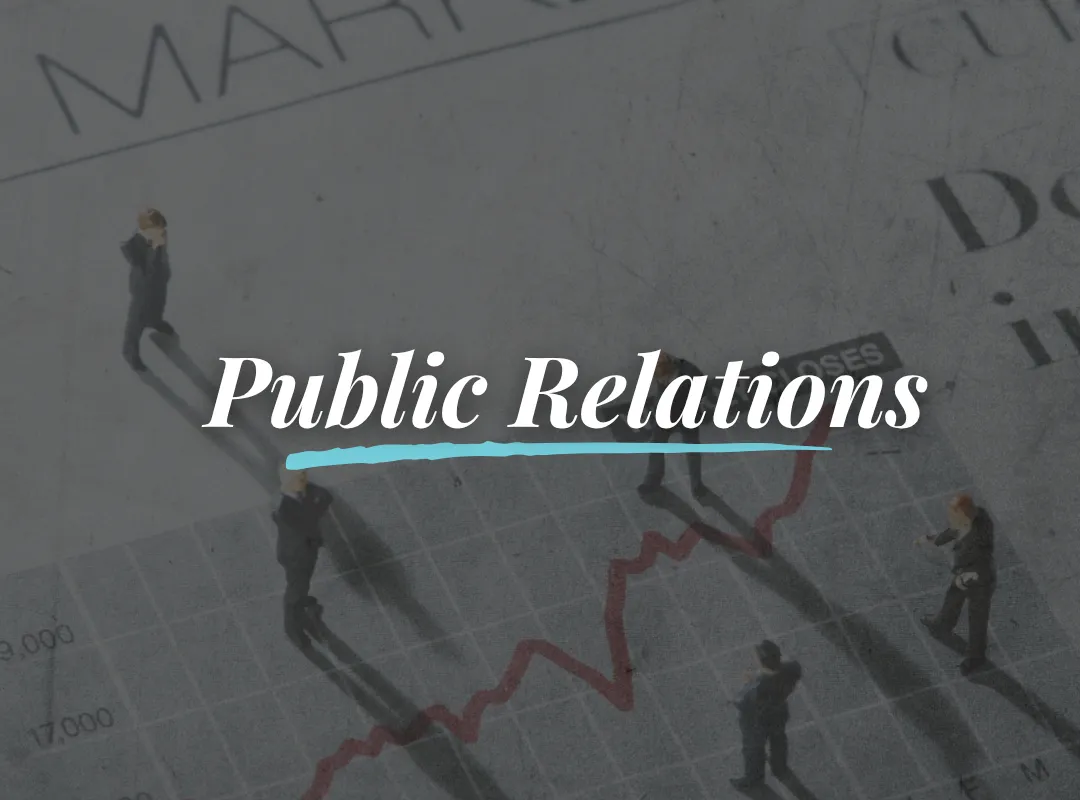
The PR Power: How PR Drives Credibility
In a world saturated with ads, noise, and claims, credibility has become a brand’s most precious asset. Public Relations (PR) isn’t just about press releases—it’s about building trust, positioning your brand as an authority, and creating meaningful connections that last.
Here’s how PR drives credibility with real mechanisms, data, and stories, and why investing in PR services pays off.
1. Earned Media = Built-in Trust
When a reputable third party (journalist, publication, expert) features your brand, that “earned media” acts like a stamp of validation. People tend to trust what is reported by neutral sources more than what brands say about themselves.
According to Inside Media, press coverage often builds more credibility than advertisements because editorial content is perceived as more impartial and objective.
Media visibility helps brands align with trust already established by media outlets. It’s not just about being seen; it’s being seen where your audience already trusts the source.
2. Thought Leadership & Stakeholder Confidence
Being the expert that people turn to builds deep credibility.
Forbes notes that experts who publish consistently, speak at panels or conferences, or contribute insights in well-known outlets are seen as more reliable and authoritative.
PR helps businesses communicate values, achievements, and vision, which strengthens perceptions of integrity and long-term reliability.
3. Social Proof & Authentic Validation
Customers trust other customers. When PR amplifies social proof, it enhances credibility.
According to a guide on PR tactics, consumer reviews, case studies, and user-generated content are powerful in reinforcing brand trust. “U-GC” content often feels more authentic than polished ads.
Increasing visibility in trusted mediums (magazines, reputable blogs, industry websites) adds credibility by offering third-party validation.
4. Crisis Management & Reputation Protection
No brand stays perfect. What matters is how you respond when things go wrong.
PR gives you the tools to be transparent, communicate clearly, and rebuild trust. Handling crises well can actually strengthen stakeholder trust if done properly.
Being consistent before, during, and after a crisis is key: consistent messaging, owning mistakes, and showing steps to fix issues help maintain credibility.
5. Visibility that Converts & Supports SEO
PR isn’t just about prestige or image; it helps your bottom line in measurable ways.
Earned media often brings backlinks from reputable sites. That not only boosts SEO, but also drives referral traffic. One case study: a client saw growth in organic traffic and domain authority after consistent online PR work.
Increasing brand awareness via PR campaigns means more people recognize your brand, which tends to increase conversions (people buy from brands they trust).
✅ Putting It All Together
Here’s what credibility through PR involves in practice:
Securing media placements in outlets your audience respects
Sharing real stories: customer testimonials, case studies, value-driven thought leadership
Being visible before a crisis, so that your brand has equity to lean on when things get tough
Aligning PR with your brand’s values and mission — transparency, authenticity, consistency
When done well, PR positions your brand as knowledgeable, trustworthy, and reliable. Over time, that makes every other marketing effort more effective because you have credibility to build from.
Ready to elevate your credibility through PR?
Let’s map out a tailored plan for your brand.
👉 Schedule your 1-on-1 PR Coaching Call today
